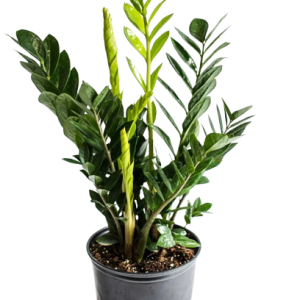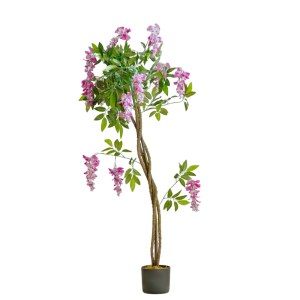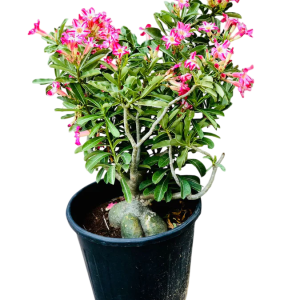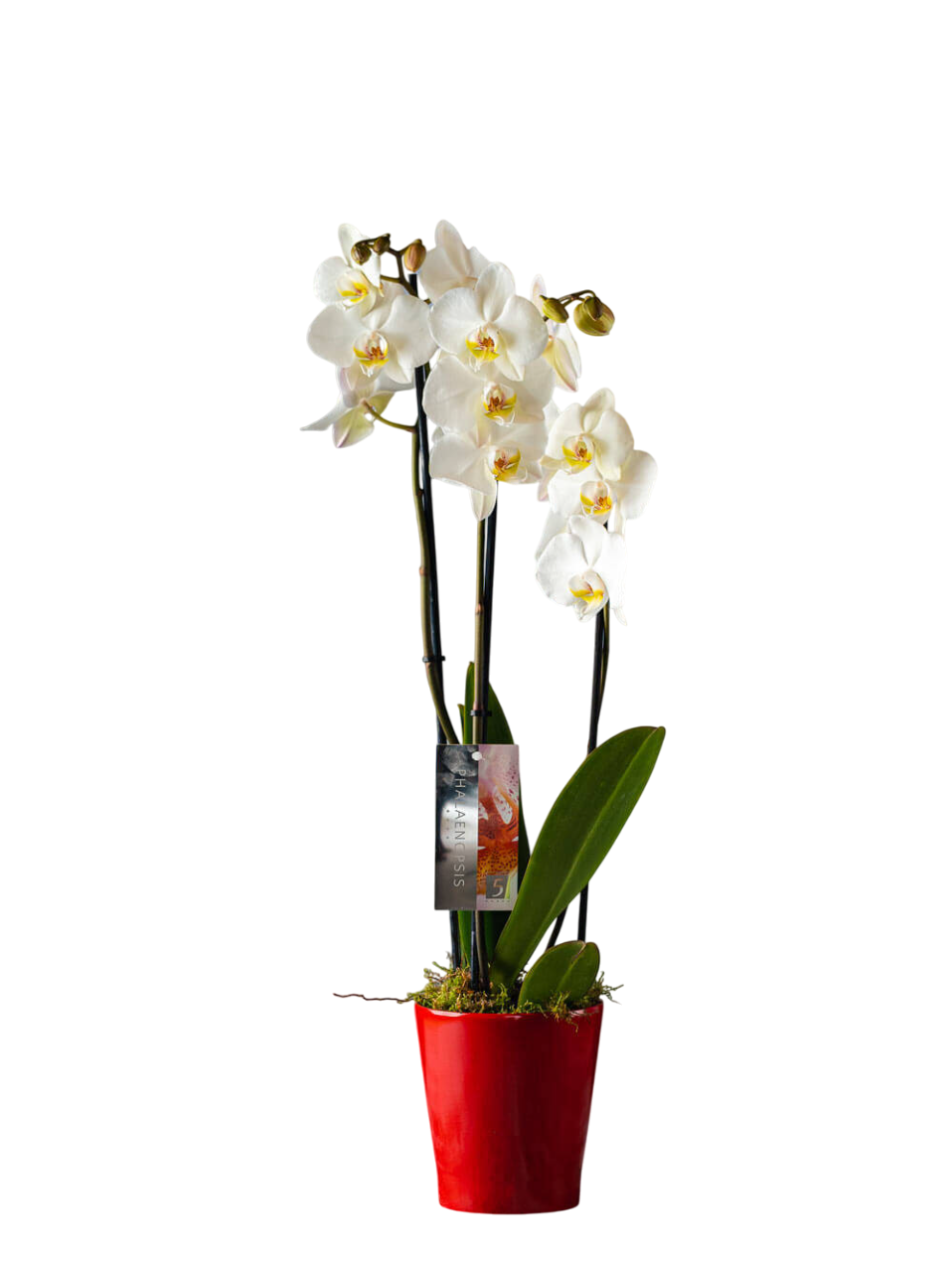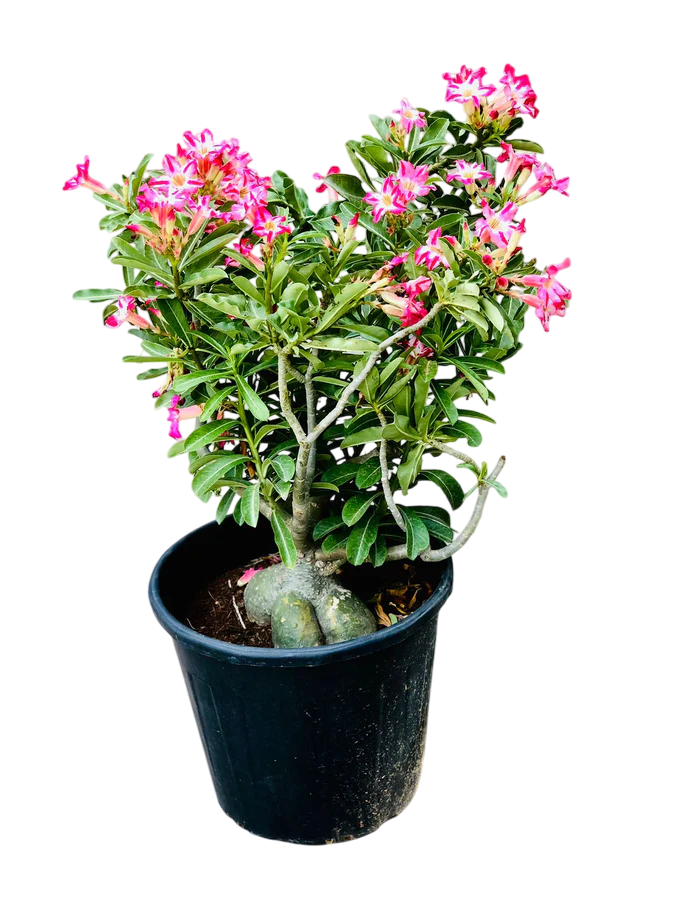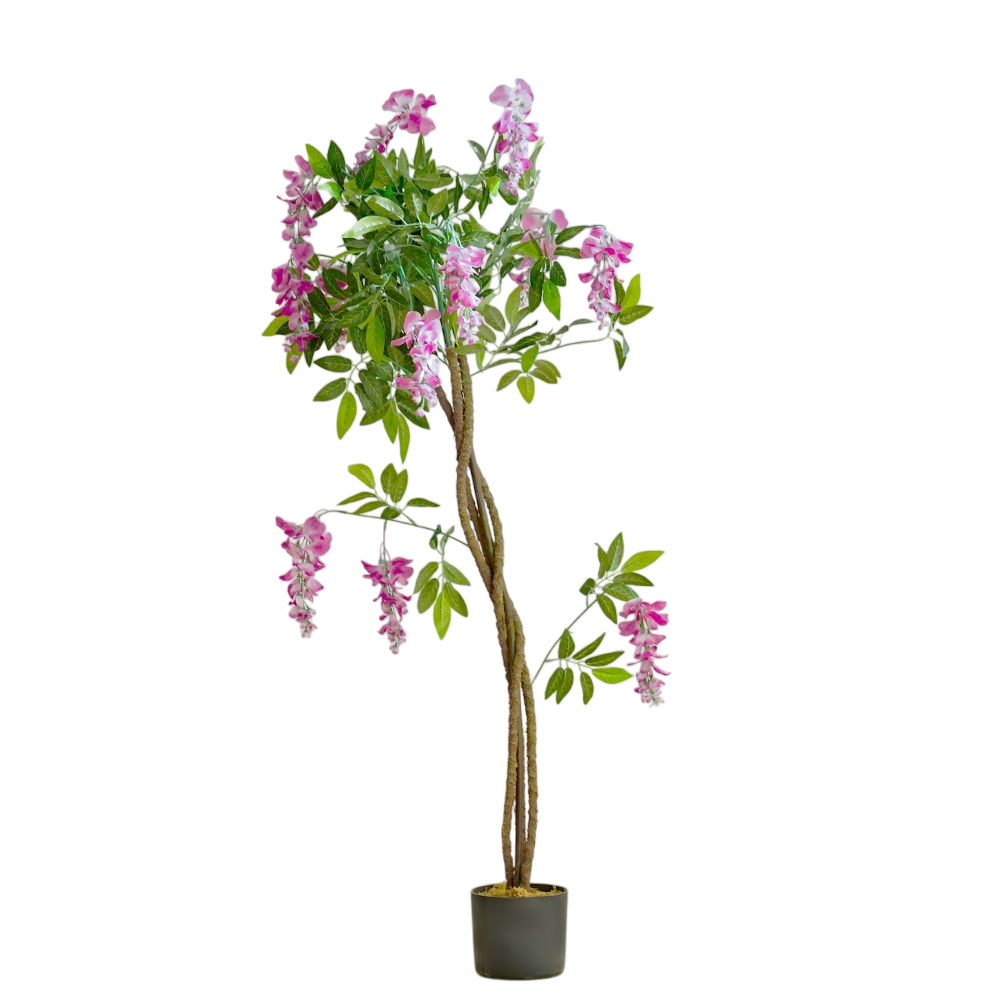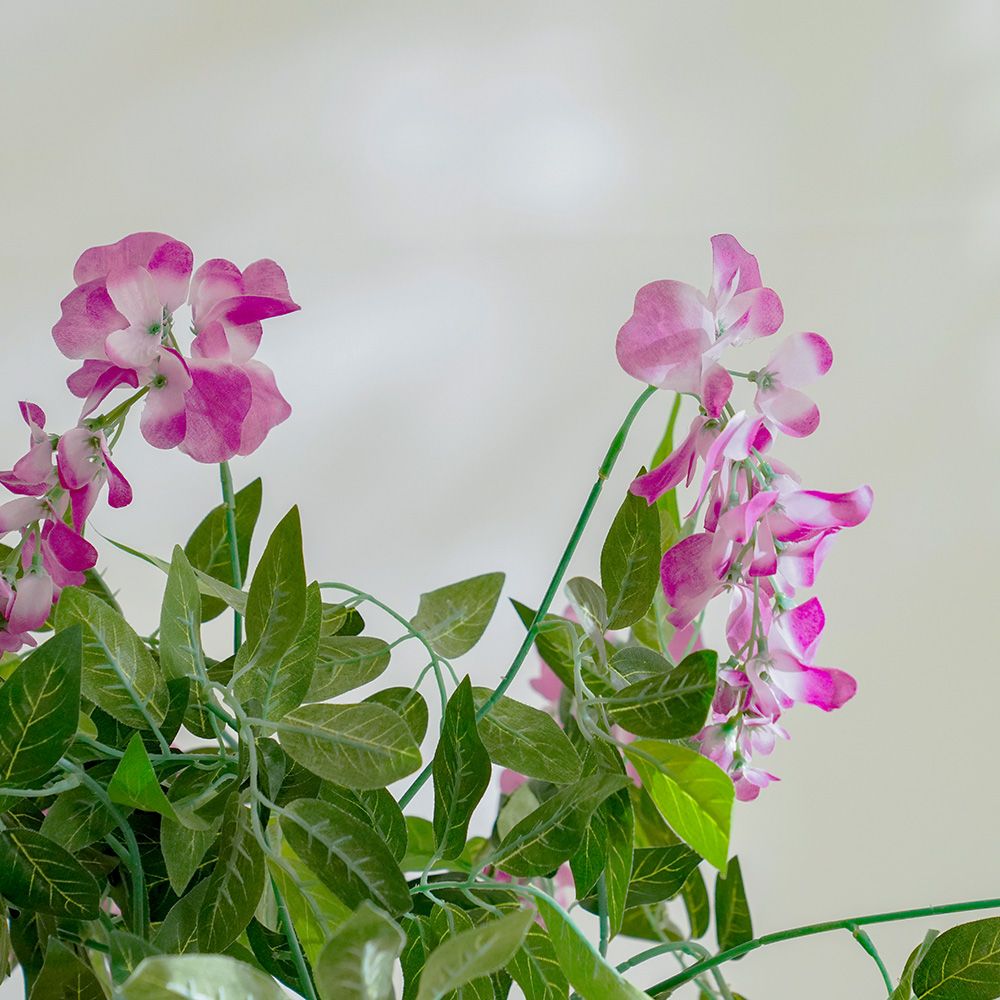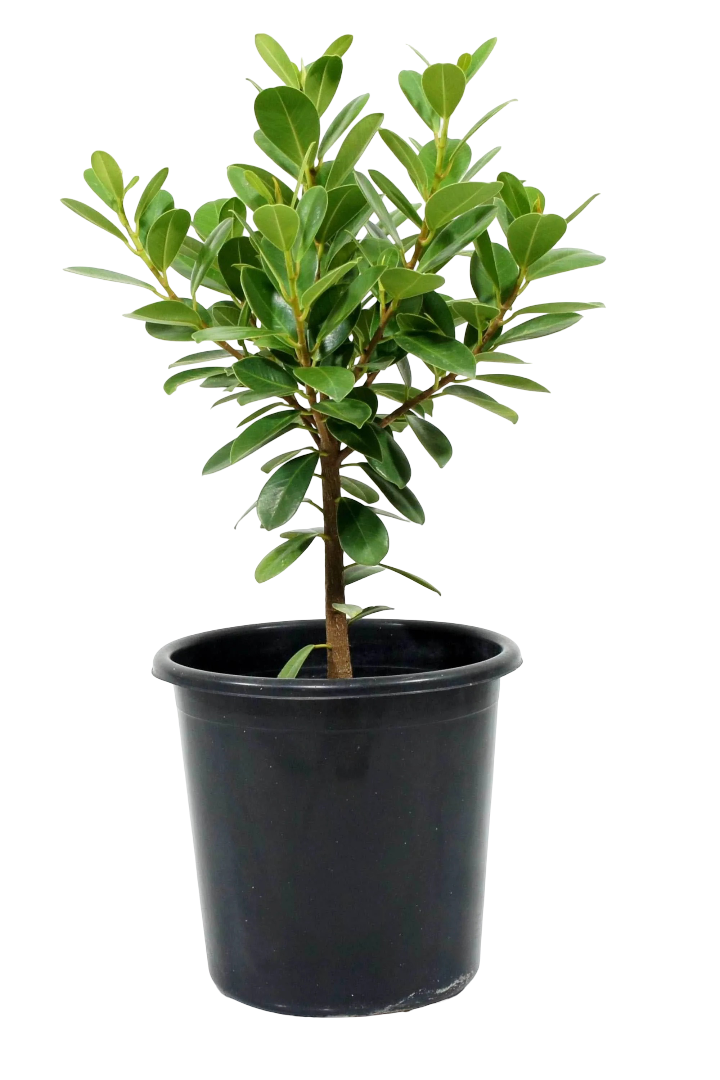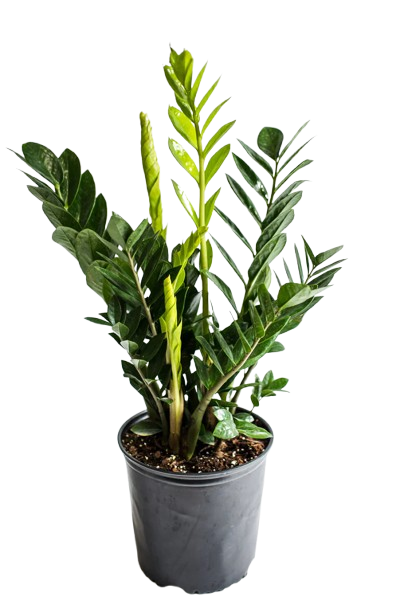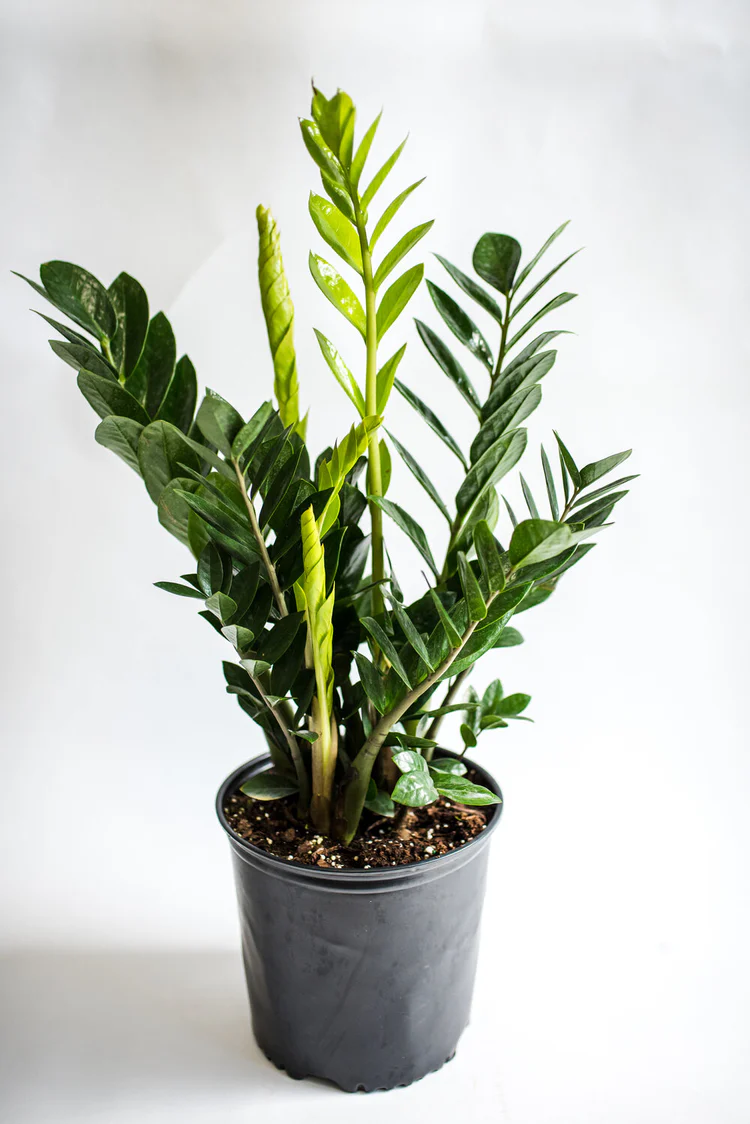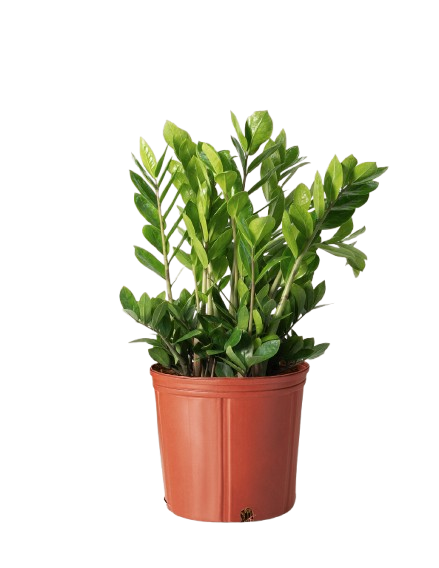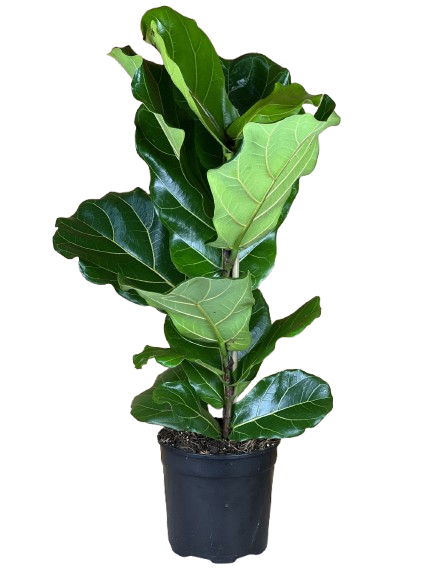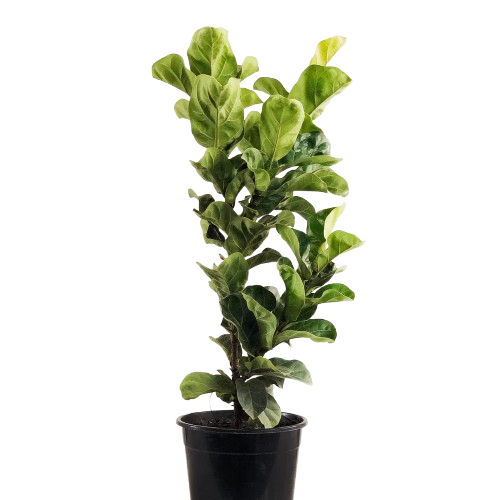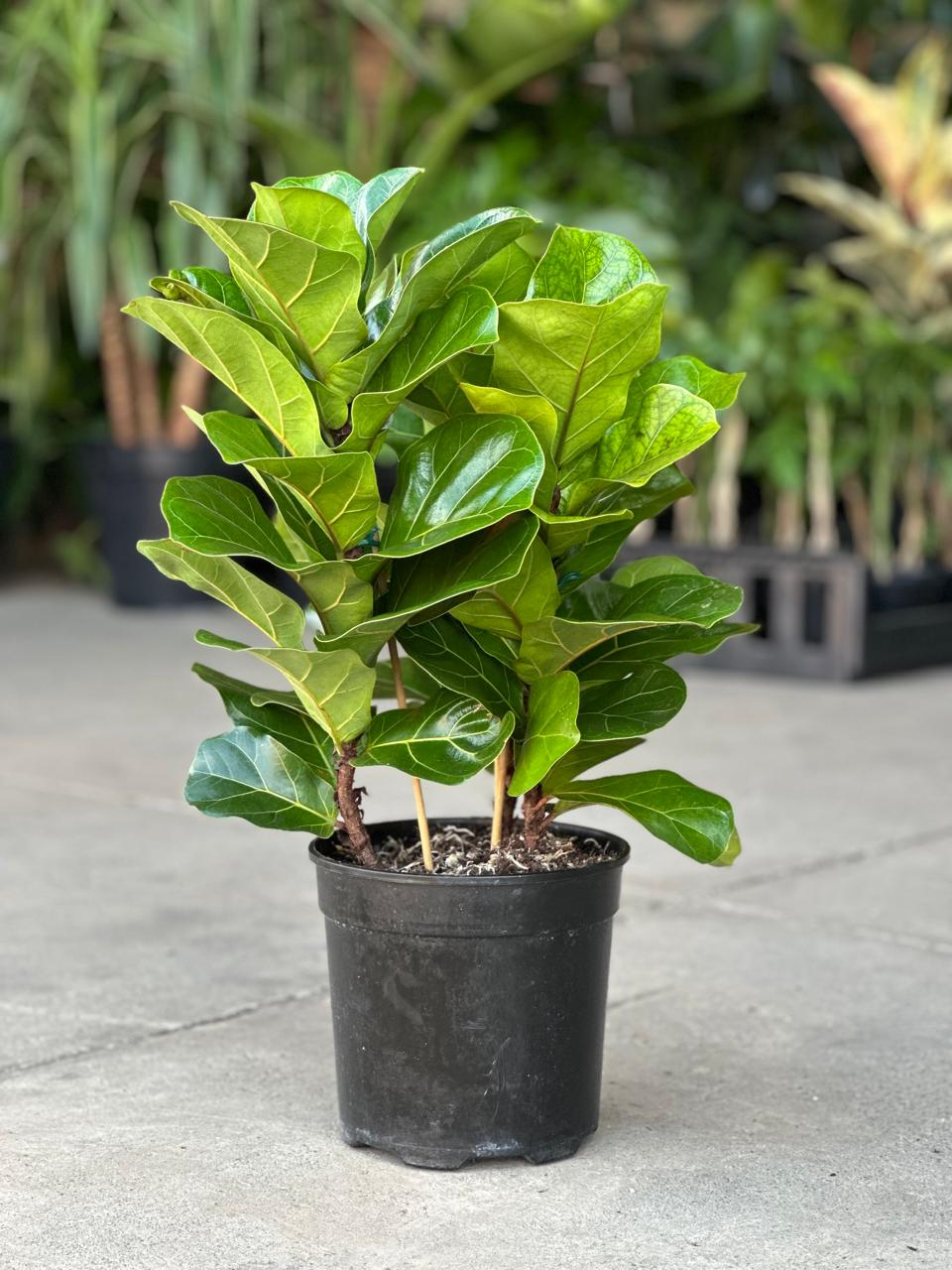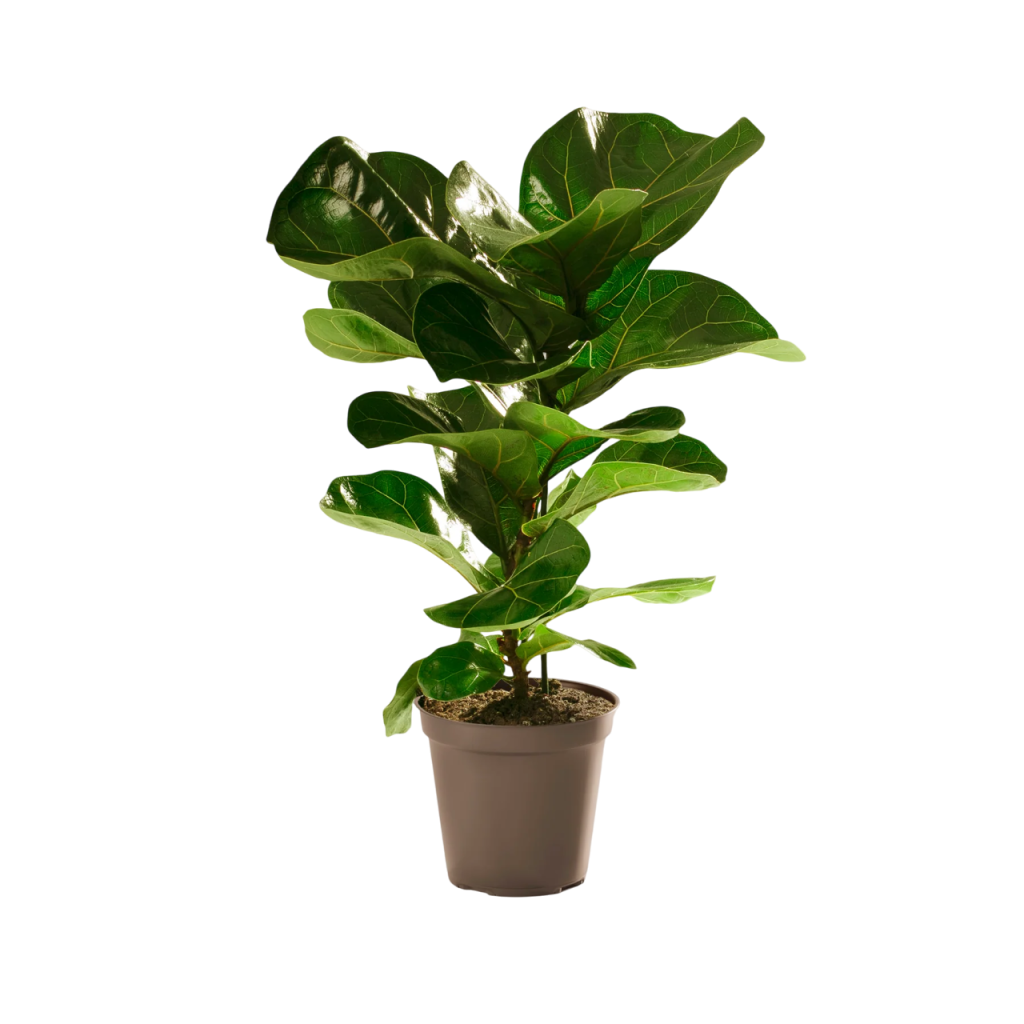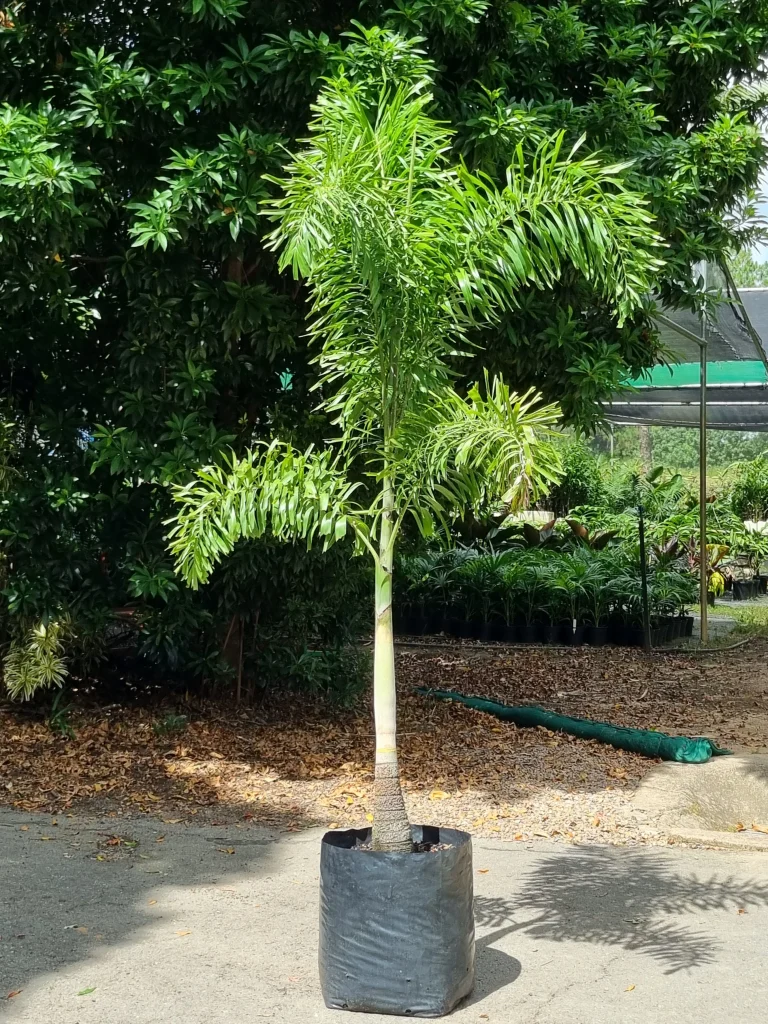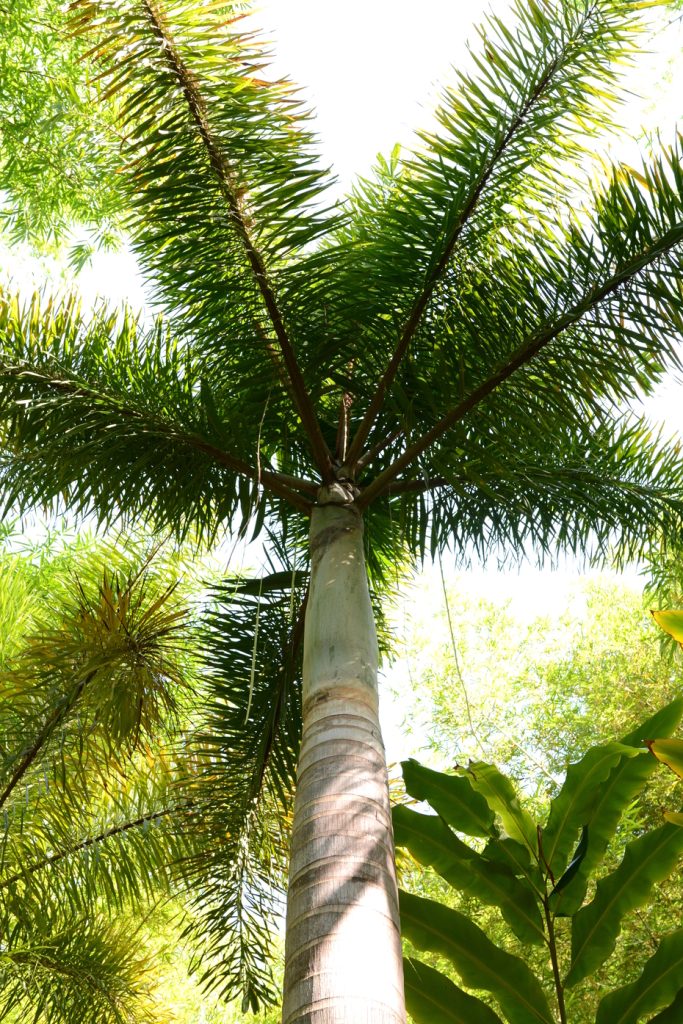Foxy Tail Palm : The Elegant Tropical Palm for Modern Landscapes
The Foxy Tail Palm (Wodyetia bifurcata), also known as the Foxtail Palm, is a stunning ornamental palm recognized for its full, bushy fronds that resemble a fox’s tail. Native to Australia but perfectly adaptable to Kenya’s warm climate, this palm brings tropical sophistication to homes, gardens, and commercial landscapes. With its sleek grey trunk and lush green canopy, it’s an instant architectural accent for contemporary outdoor and indoor spaces.
Why Grow the Foxy Tail Palm?
- Elegant Aesthetics: Its feathery, symmetrical fronds create a luxurious tropical look.
- Fast-Growing: Reaches impressive height quickly, making it perfect for new landscapes.
- Low Maintenance: Hardy and tolerant of a wide range of conditions.
- Ideal for Urban Gardens: Thrives in Nairobi’s warm and sunny environment.
- Air-Purifying: Helps improve air quality by filtering toxins.
Cultural & Historical Significance
The Foxy Tail Palm was first discovered in the remote regions of Queensland, Australia, and became globally popular in the late 20th century for its adaptability and unique frond structure. In tropical landscaping traditions, palms have symbolized peace, victory, and eternal life across different cultures — from the Roman Empire’s triumphal processions to Middle Eastern and African coastal aesthetics. Today, the Foxy Tail Palm represents tropical modernity and ecological harmony, often used in eco-resorts and urban green projects.
Ideal Growing Conditions in Kenya
- Light: Prefers full sun but can tolerate partial shade.
- Temperature: Thrives between 20°C – 32°C, perfect for most Kenyan regions.
- Soil: Well-draining sandy or loamy soil enriched with organic compost.
- Watering: Moderate; water regularly during dry seasons but avoid waterlogging.
- Regions: Ideal for Nairobi, Naivasha, Mombasa, Malindi, and Kisumu.
How to Plant It
- Select a sunny, open spot or large outdoor planter with good drainage.
- Prepare a hole twice the width of the root ball.
- Mix compost with soil before planting to improve fertility.
- Plant at the same depth it grew in the nursery bag.
- Water thoroughly and mulch around the base to conserve moisture.
Care Tips
- Water regularly during the first year for strong root establishment.
- Feed every 2–3 months with a balanced palm fertilizer.
- Prune only dead or yellowing fronds to maintain natural symmetry.
- Keep the soil slightly moist but never soggy.
Pests & Diseases
- Pests: Watch for mealybugs, scale insects, and spider mites. Treat with neem oil or organic soap spray.
- Diseases: Avoid overwatering to prevent root rot; ensure good air circulation.
Pet Safety
The Foxy Tail Palm is non-toxic to cats and dogs, making it a safe choice for pet-friendly Kenyan homes and gardens.
Growing in Containers
This palm adapts beautifully to large planters, making it ideal for patios, verandas, and balconies. Use deep containers with excellent drainage and position them in bright light for optimal growth and vibrant foliage.
Where to Buy Foxy Tail Palm in Kenya
Looking to elevate your landscape? Find healthy Foxy Tail Palms and elegant planters at Planters.co.ke. We deliver across Nairobi and major towns — helping you create a lush, tropical escape at home or your business.
Final Thoughts
The Foxy Tail Palm is the definition of tropical grace — resilient, lush, and endlessly elegant. Whether used to line driveways, accent patios, or enhance hotel gardens, it adds an instant sense of serenity and sophistication to any Kenyan space.
Recent Posts
- Meyer Lemon Tree: A Burst of Citrus Sunshine for Kenyan Homes and Gardens
- Braided Money Tree in Kenya: A Symbol of Prosperity and Green Elegance
- Foxy Tail Palm : The Elegant Tropical Palm for Modern Landscapes
- Bird of Paradise in Kenya: A Tropical Statement Plant for Bold Spaces
- Parlor Palm :The Timeless Indoor Plant for Elegant Living

